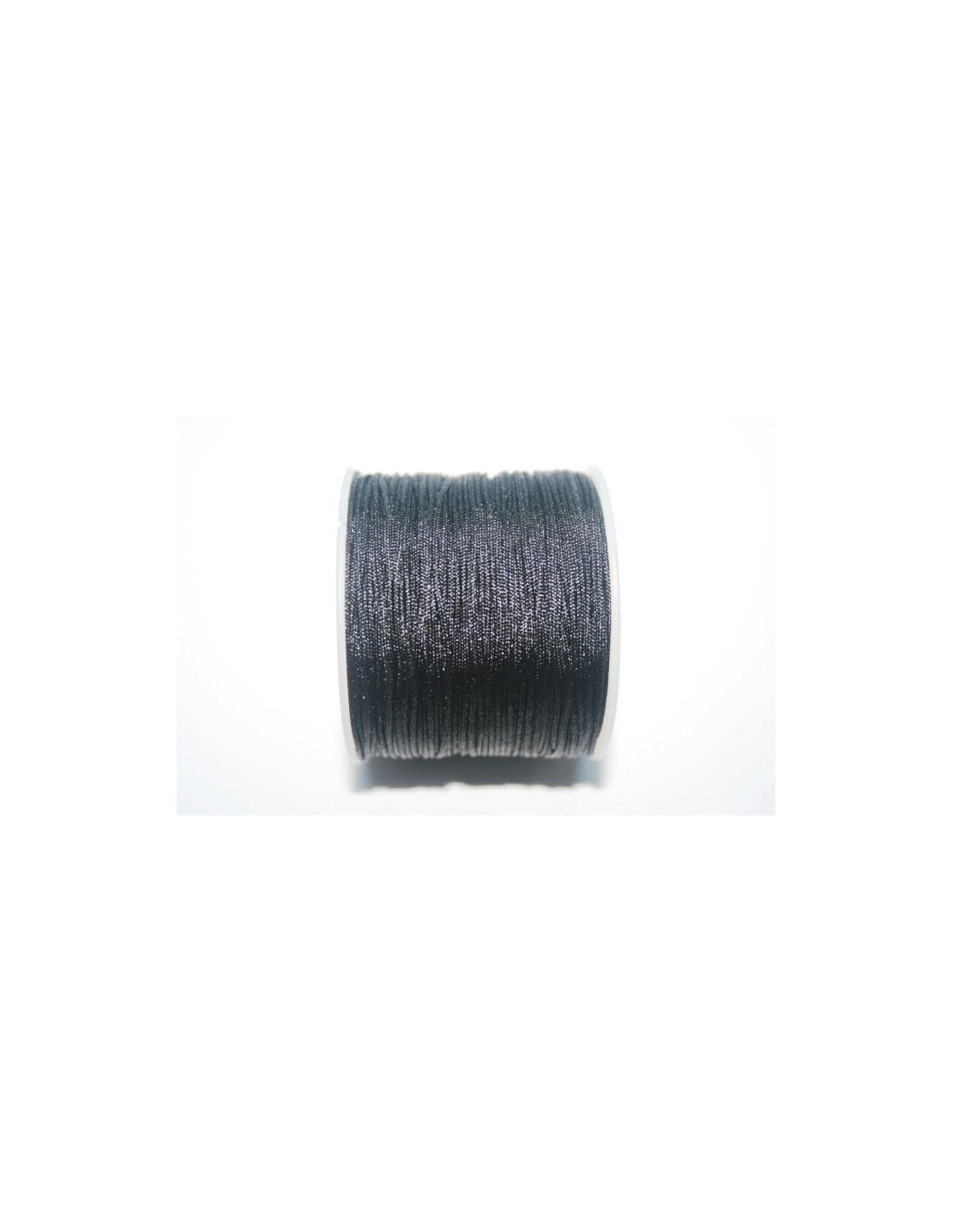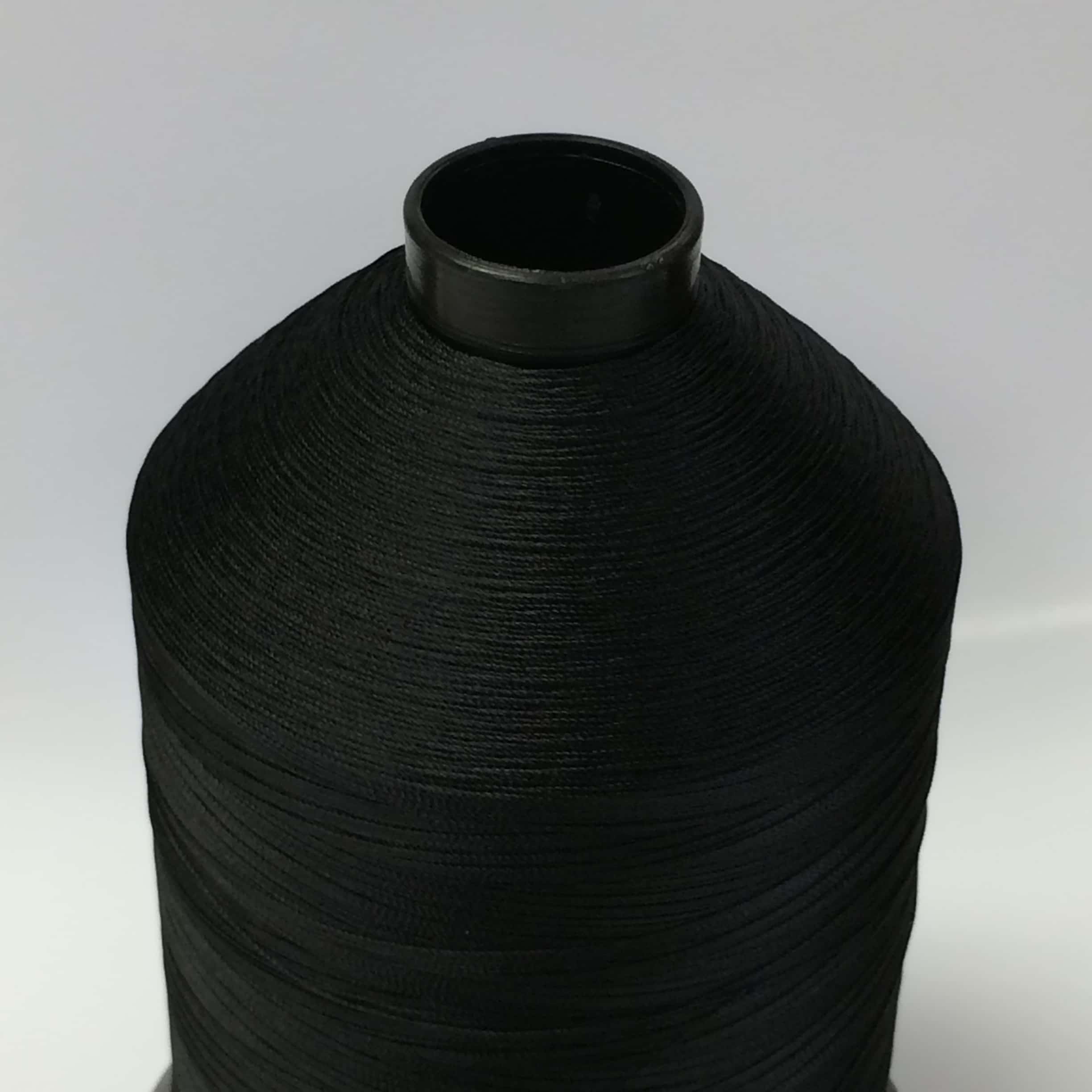

White india ink on black nylon thread code#
White india ink on black nylon thread professional#
Winsor & Newton produce 26 colours in the drawing ink range, including two professional quality Indian inks: Liquid Indian Ink, which is the traditional formula of the Chinese sticks and is not waterproof, and Black Indian Ink, which uses a shellac binder, allowing the ink to have washes painted on top without bleeding. In Japan, the traditional racket game of Hanetsuki involves the loser being marked on the face with Indian ink. It’s also used to polish metal surfaces to peak reflectiveness, a process that was patented by Nasa in 2002. Outside of the art world, it has many surprising uses it’s popular for its permanence in various medical procedures, such as staining tissue and microscopic slides. The iconic ‘gentleman spider’ wrapped around boxes and bottles of Winsor & Newton’s Black Indian Ink was created by the world-renowned designer Michael Peters OBE, and won a D&AD award for packaging design in 1973. It’s long been a staple for any sketch, and artists such as William Hogarth, Henry Moore, Andy Warhol and David Hockney have all used it. Today Indian ink is used by illustrators, calligraphists, designers, cartoonists and tattooists all over the world. It was only in the mid-17th century, when Europe began importing ink from India, that it became known as Indian ink.

Black ink was known as masi in India: a mixture of different ashes, water and animal glue.

In India, scribes have used needle and pen since antiquity to write many of their Buddhist and Jain scripts. Traditionally, black inks were favoured by Chinese artists who excelled in producing monochrome paintings conveying texture and emotions through ink strokes and varying shades of black and grey. These then needed to be rubbed with water to create a liquid ink. The pigment was dried into small sticks or little saucers, often using animal glue as a binder. Around 3000 BC, drawing ink appeared in China. Made from ash mixed with a binder such as water, liquid or glue, various recipes for carbon black can be found as far back in history as the ancient Egyptians and Greeks.Ī recipe by the Greek scribe Dioscorides from 40-90 AD survives to this day on parchment. The History of Indian inkĪlso known as Chinese ink, Indian ink stems from one of the oldest and most durable pigments of all time: carbon black. It flows well on paper, producing strong, crisp black lines which makes it popular across many genres. It mixes well with other colours, adding a cool, dense tint.

Probably the most renowned ink, Indian ink is a permanent, opaque black.


 0 kommentar(er)
0 kommentar(er)
